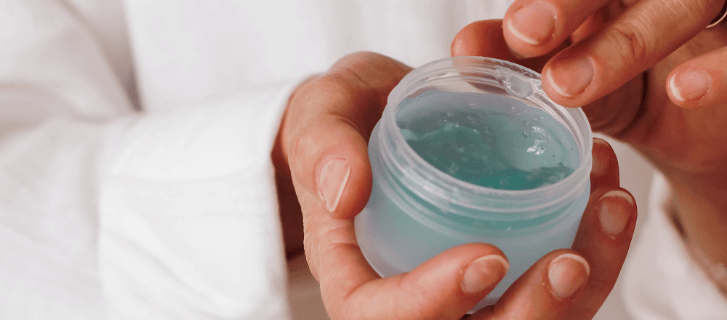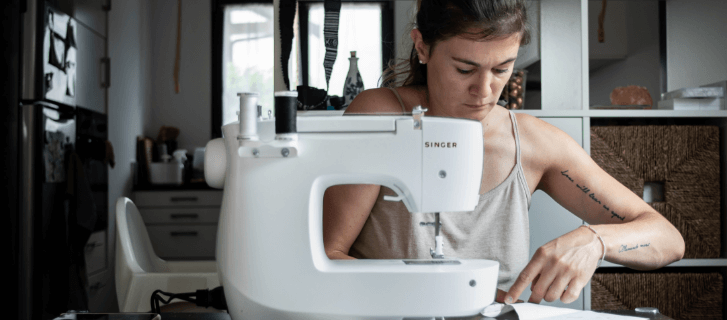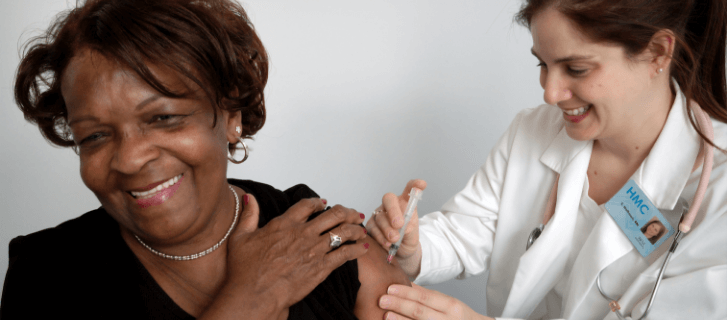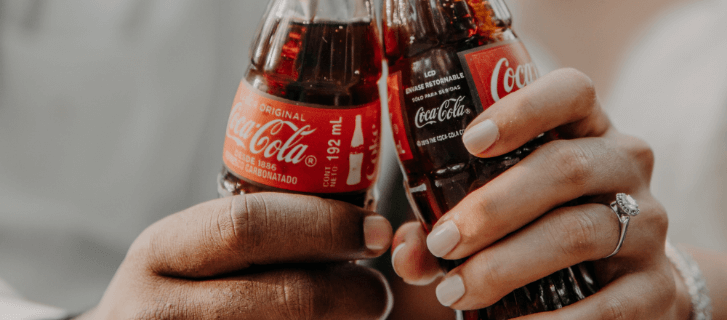

Reveal intent, explore customer behavior, and unlock growth

RIVA Market Research was founded in 1981 by Naomi Henderson and for over 40 Years RIVA has been providing insightful and valuable qualitative research for its clients. RIVA has been a premier source for insightful and valuable qualitative research for an array of industries over the years.
As well as moderating for corporate clients, RIVA has been able to provide assistance to clients that need additional qualitative moderator’s for their projects. The RIVA team of qualitative moderators includes people of Caucasian, African-American, Latino, and Asian descent.
Over the years, RIVA Market Research has assembled a staff of nationally recognized qualitative moderators, researchers, and analysts who work as a team to meet with clients to define the research project and establish objectives. We recommend suitable approaches and conduct relevant qualitative research activities, analyze results, and present comprehensive findings to clients.
RIVA Market Research provides each client with a full-time staff, including an Executive Research Director and a Research Analyst who together manage all of the logistics to setting up and managing the facilities to providing in-depth analysis through careful review of findings.
Our mission is to conduct insightful qualitative research and translate findings into useful information that clients can trust to help them make sound, strategic decisions. To ensure that our work represents your target market accurately, RIVA Market Research adheres to rigorous qualitative research principles. Members of the RIVA team work closely with clients to focus only on outcome-oriented questions that impact the study to help uncover beliefs and perceptions that genuinely reflect respondents’ opinions and to provide a safe environment to allow the respondents to express themselves candidly. This commitment allows RIVA to scrutinize preconceived notions, and investigate preliminary conclusions to reveal underlying market attitudes and likely behaviors.

























